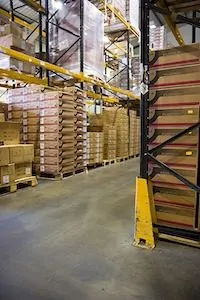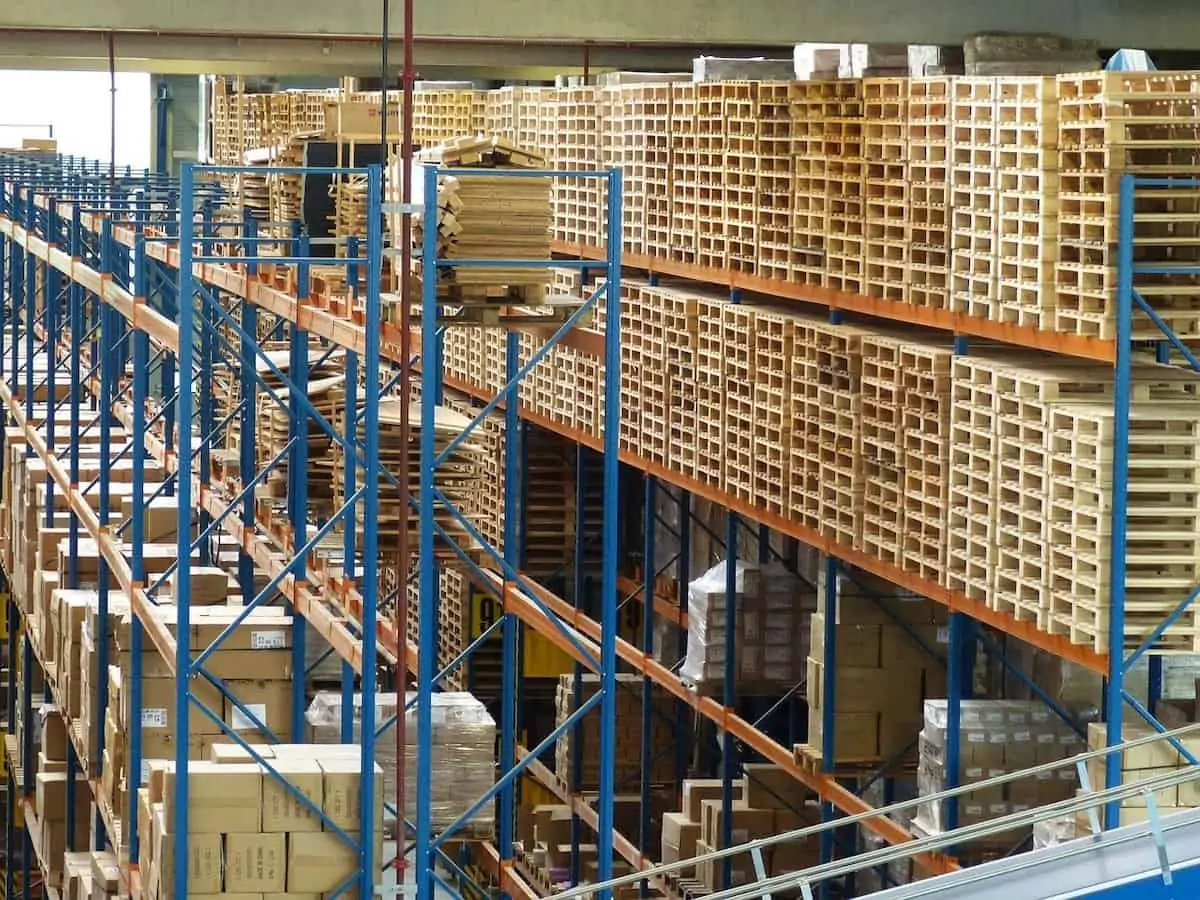“We just spent several millions of dollars on a new Warehouse Management System for our E-Commerce Online Distribution Centre. We do not need to spend any more money on our Supply Chain.” That sounded very intriguing to say the least. At a minimize we needed to optimize storage.
The E-Commerce business anticipated 20-30% year to year growth. I could only interpret, having just joined the company, that all of the steps and planning needed had been taken. We had to ensure that the Distribution Centre could handle Holiday volumes, especially over the Black Friday/Cyber Monday period.
However imagine my surprise when I went to the Online Distribution Centre. All I saw was a very large warehouse with nothing but racks and shelving as far as the eye could see. Employees were pushing carts up and down aisles, across the entire warehouse. They were trying to find each of the products required to fill a particular customer order. The company had just invested in an expensive Warehouse Management System.
Yet no time or money had been spent on process optimization, order fulfillment cycle time reduction, cost reduction, or peak capacity load management.
We were in for a hectic Holiday season, at best!
The Current State of the Online DC
The Online Distribution Centre had tens of thousands of skus. And in an Online business any particular customer order can have innumerable combinations and permutations of skus which make up that order. In this business a typical customer order had anywhere from 2-3 random skus during the majority of the year. During the peak Holiday season each order had 3-5 items. That meant that during the busiest time of the year employees had to collect more skus to fill a single customer order.
As with most businesses there are fast moving skus and there are slower moving skus. The 80-20 rule almost always applies. And in this particular warehouse it was more like the 90-10 rule. That is, 90% of the demand was for 10% of the skus, and 10% of the demand was for 90% of the skus.
So one of the first things we looked for was an understanding of where all of the parts were located and whether they were situated optimally. One technique is to politely follow an employee around the warehouse as they fill orders. Another technique is to get the basic training and start filling orders yourself.

In either case, when we did this it became obvious pretty quickly that there was absolutely NO rhyme or reason for where parts were located. Fast moving skus could be located in the back of the warehouse whereas slow moving skus might be closer to the receiving, processing and shipping areas. No one had tried to optimize storage. This had to change!
The Analysis and the Work Begins!
Luckily we had a few months before the E-Commerce Holiday rush started. We first had to do the ABC analysis. The fastest moving parts would be A, the slowest would be C, and everything else would be B. We also had to account for the size of the skus. Also we had items which would fit on shelving versus physically larger products which had to remain palletized.
And we would now have to move over 100,000 skus to their optimal locations within a 120,000 sq.ft warehouse. And we had to do this while doing business every hour every day without missing a beat or impacting a single customer order!
We also recognized that this ABC location determination would have to be done dynamically and periodically. Especially in Retail, the rate of sale for a specific sku will vary based on the seasons and merchandising periods throughout the year.
Christmas specific items will sell more in December than in May; Barbeque products will sell in June and July but not so much in January. Product sales for a sku will also vary geographically. And even within a season, some products will take off whereas others will fizzle out.
Proper Warehouse Slotting Benefits when you Optimize Storage
The benefits were clear. To optimize storage and by optimally locating skus within the warehouse based on demand, we would:
- Reduce the distance employees would travel to complete an order
- Reduce the time to put away parts and show stock availability
- Shorten the time to complete an order
- Reduce the time to move the order to processing and shipping
- Reduce the cost of fulfilling an order
- Increase the density of warehouse storage
- Reduce the space consumed by non-performing/aged skus
- Increase capacity for peak periods and future Online business growth
Heading into that E-Commerce Holiday season we had reduced the amount of space consumed by most skus, and in turn increased capacity, by up to 40%. After that Holiday season we looked back to having been able to absorb a 100% increase in peak volumes year to year. And we realized a 20% reduction in cost per order.
It was one of many necessary, and ongoing, improvements required to make E-Commerce Fulfillment an integral, and enabling, part of the fast growing Online Business.
I’ve toured many Warehouses and Distribution Centres around the world. It always amazes me how many of these facilities would benefit greatly from spending the time to optimize storage and the location of goods in their facilities based on demand.

